
High-Performance Gear Systems | Custom Solutions for Heavy-Duty Applications
Browse our precision-engineered gearboxes, hydraulic spindles, and cast housings – designed for extreme durability, 30% longer lifespan, and seamless OEM integration.Automobile chains, also known as tire chains or snow chains, are essential accessories for vehicles operating in adverse weather conditions, particularly snow and ice. They are designed to enhance traction, improve safety, and ensure reliable performance on slippery roads. At our company, we specialize in high-quality automobile chains that meet rigorous standards for durability and effectiveness. Our products are crafted from premium materials, undergo thorough testing, and are trusted by drivers worldwide for their superior grip and ease of installation.
In this comprehensive guide, we will delve into the key features, specifications, and benefits of our automobile chains. We have organized the information using lists and tables to provide clear, professional details that cater to both novice and experienced users. Additionally, we include a FAQ section to address common queries and offer in-depth answers based on real-world usage scenarios.
Below is a detailed table outlining the specifications for our automobile chain models. This data helps users select the appropriate chain based on their vehicle type and driving conditions.
| Model | Chain Type | Recommended Tire Size Range | Material | Weight (per set) | Maximum Speed Limit | Compatibility |
|---|---|---|---|---|---|---|
| AC-100 | Ladder Chain | 195/65R15 to 225/55R17 | High-carbon steel | 8 lbs | 30 mph | Sedans, compact cars |
| AC-200 | Diamond Pattern | 235/65R17 to 265/70R16 | Alloy steel with zinc coating | 12 lbs | 25 mph | SUVs, crossovers |
| AC-300 | Cable Chain | 245/75R16 to 285/70R17 | Stainless steel | 10 lbs | 40 mph | Trucks, light commercial vehicles |
| AC-400 | Reinforced Ladder | 275/70R18 to 315/70R17 | Hardened steel with anti-rust finish | 15 lbs | 20 mph | Heavy-duty trucks, off-road vehicles |
Note: Always refer to your vehicle's manual and local regulations for proper usage. The weight and speed limits are based on standard testing conditions; actual performance may vary with driving habits and road surfaces.
Proper installation is crucial for the effectiveness of automobile chains. Follow these steps for optimal results:
For maintenance, rinse the chains with fresh water after use to remove salt and debris. Store them in a dry place to prevent corrosion. Regularly inspect for signs of wear, such as broken links or weakened tensioners, and replace them as needed to maintain safety.
How do I choose the right automobile chain for my vehicle?
Selecting the appropriate chain depends on your tire size, vehicle type, and the typical driving conditions. Refer to the specifications table above to match your tire dimensions (found on the sidewall of your tire) with the recommended range for each model. For instance, if you drive a sedan with tires sized 205/55R16, the AC-100 model would be suitable. Consider the chain type: ladder chains offer basic traction for light snow, while diamond patterns provide better stability on icy roads. Always check compatibility with your vehicle's drive wheels (front, rear, or all-wheel drive) to ensure proper fit and performance.
What is the maximum speed I can drive with automobile chains installed?
The maximum speed limit varies by chain model and is designed to prevent damage to both the chains and your vehicle. As shown in the specifications table, most chains have a limit between 20 mph and 40 mph. For example, the AC-100 allows speeds up to 30 mph, whereas the AC-400 for heavy-duty use is restricted to 20 mph. Exceeding these speeds can cause the chains to break or wear prematurely, leading to potential safety hazards. Always drive cautiously, reduce speed in adverse conditions, and adhere to local traffic laws, which may impose lower speed limits when chains are required.
How often should I replace my automobile chains?
Automobile chains should be replaced when they show signs of significant wear, such as stretched links, corrosion that weakens the metal, or broken components. On average, with proper maintenance and occasional use in moderate conditions, a high-quality chain set can last 3-5 years. However, if you frequently drive in harsh environments with heavy snow and road salt, inspect them before each winter season and replace them every 2-3 years. Regular checks after use are essential; look for any deformation or loss of tension, and test the fasteners for reliability. Using worn chains can reduce traction and increase the risk of accidents.
Can I use automobile chains on all types of tires?
Automobile chains are compatible with most standard tires, including all-season, winter, and some all-terrain tires, but they should not be used on low-profile tires, run-flat tires, or tires with specific manufacturer restrictions. Always check your vehicle's owner manual for any limitations. For example, chains may not be suitable for tires with a aspect ratio below 50 (e.g., 245/35R19) due to clearance issues with the wheel well. Additionally, ensure the chains are the correct size to avoid damage to the tire sidewall or vehicle body. If in doubt, consult a professional or refer to our compatibility guide in the specifications table.
Are there any legal requirements for using automobile chains?
Yes, legal requirements for automobile chains vary by region and are often mandated during winter months or in mountainous areas. In many states, such as California and Colorado, chains are required on certain highways when signs are posted, particularly during snow storms. Failure to comply can result in fines or being turned back. Always check local Department of Transportation (DOT) regulations before traveling. Some areas may require chains to be carried in the vehicle even if not in use, or specify types of chains approved for use. Our chains meet general safety standards, but it is the driver's responsibility to ensure they adhere to specific local laws.
How do I store automobile chains when not in use?
Proper storage extends the life of your automobile chains. After use, clean them thoroughly with water to remove dirt, salt, and moisture, then dry them completely to prevent rust. Store the chains in a breathable bag or container in a cool, dry place, away from direct sunlight or extreme temperatures. Avoid folding them tightly or placing heavy objects on top, as this can cause kinks or damage to the links. Periodically, even during off-seasons, inspect them for any signs of corrosion or wear. Applying a light coat of oil or a rust inhibitor can help protect the metal, but ensure it is wiped off before installation to avoid slipping hazards.
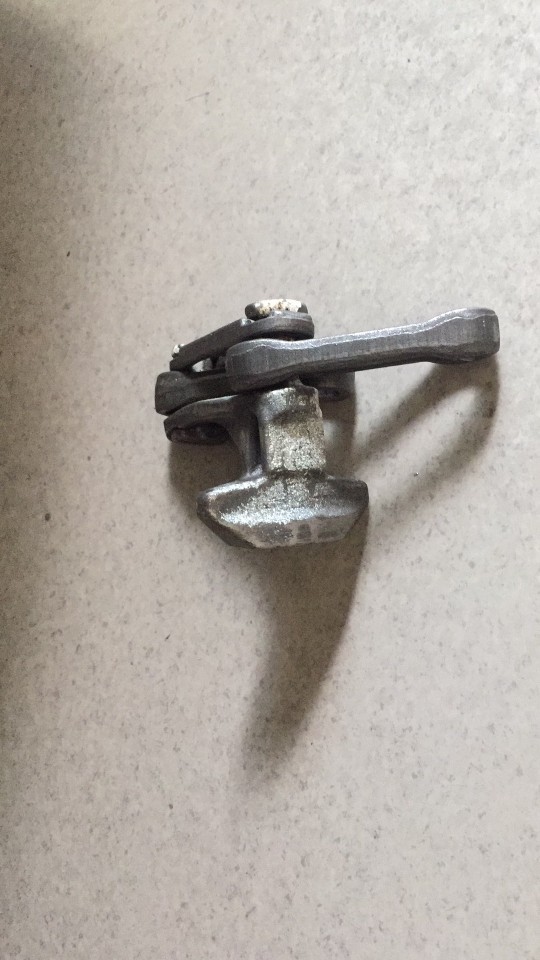
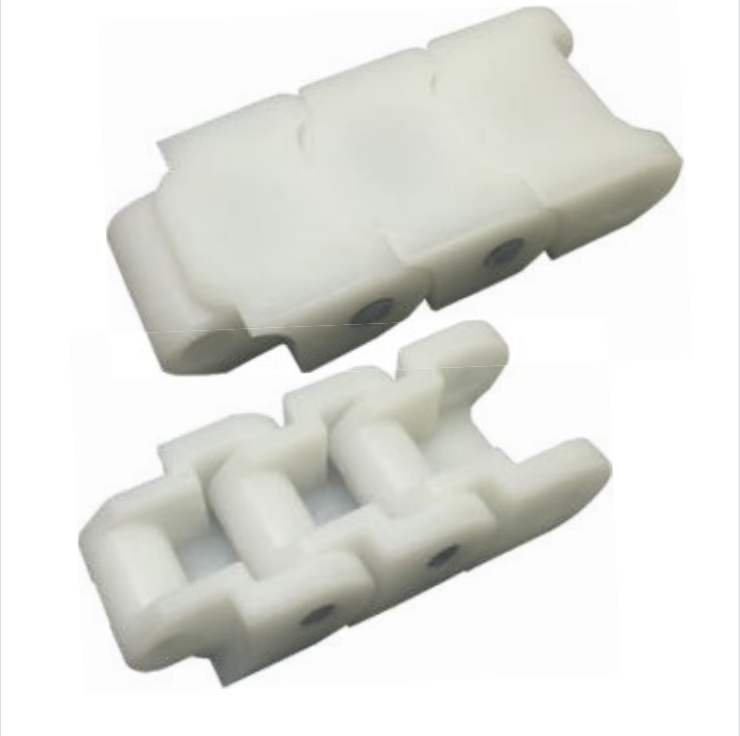
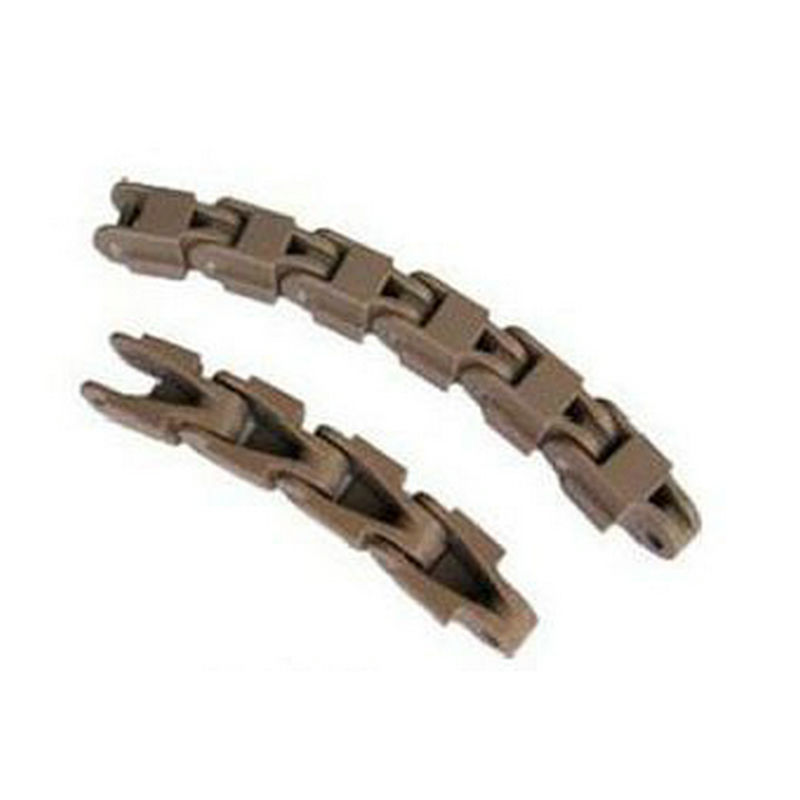
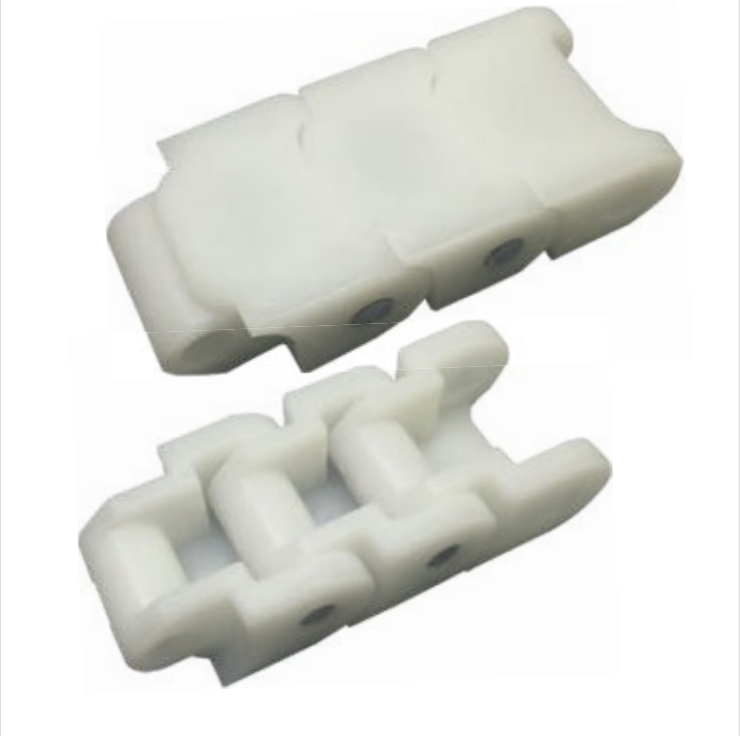


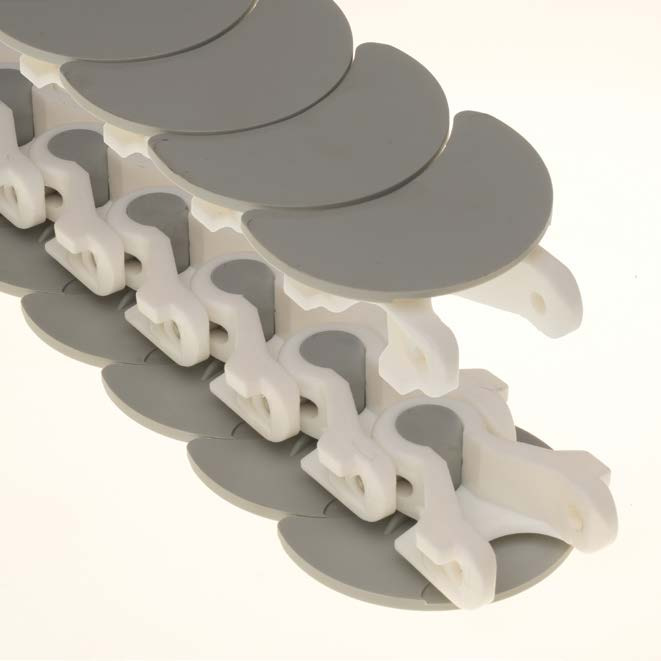
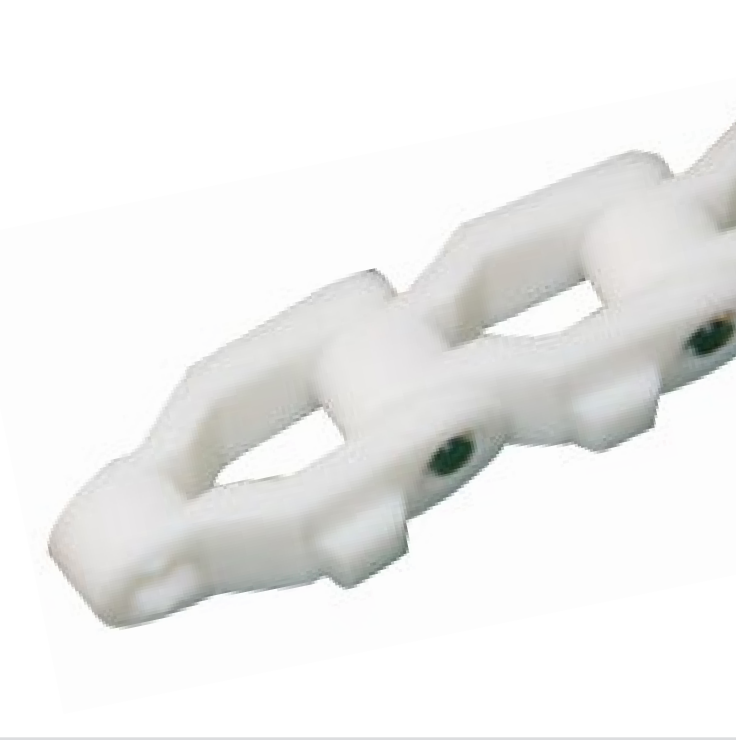
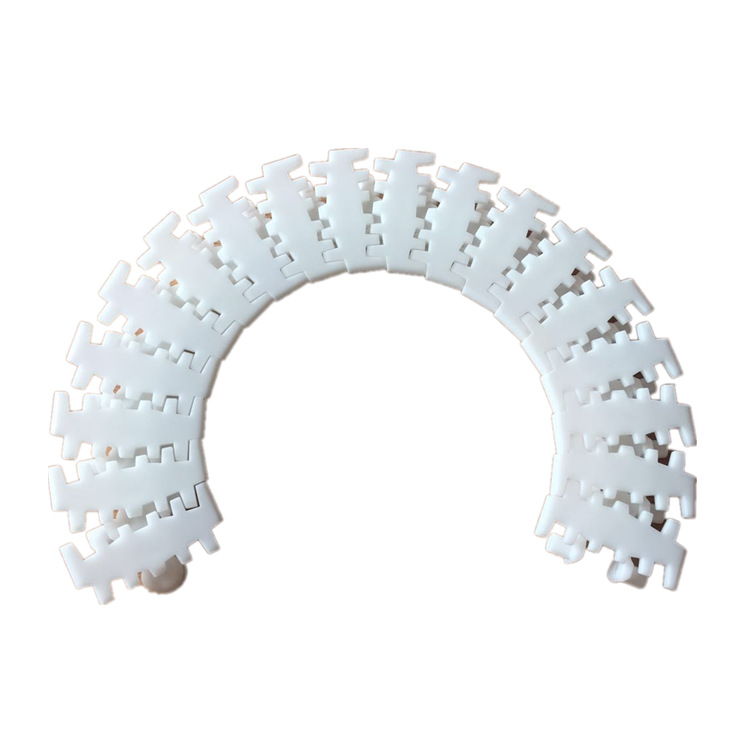
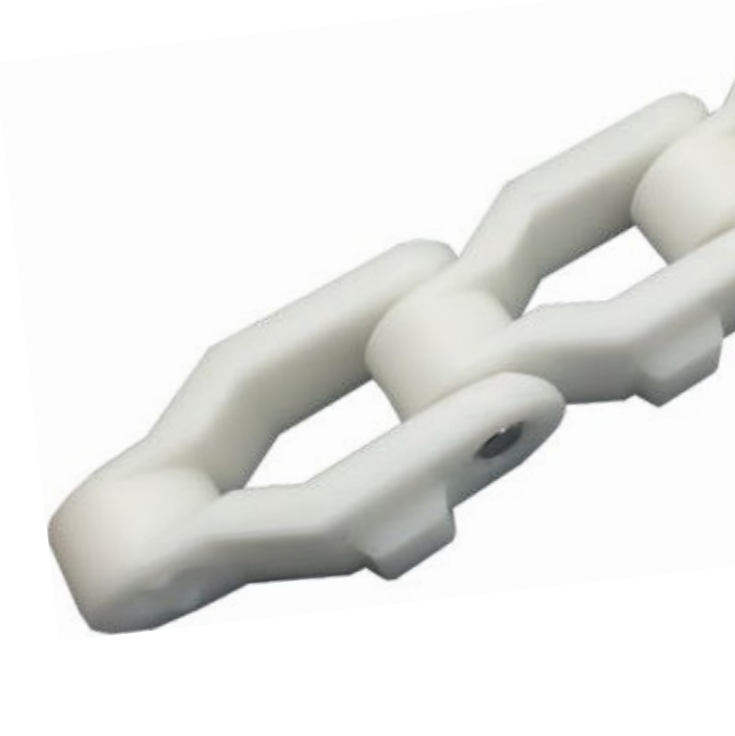
Copyright © Raydafon Technology Group Co.,Limited All Rights Reserved.